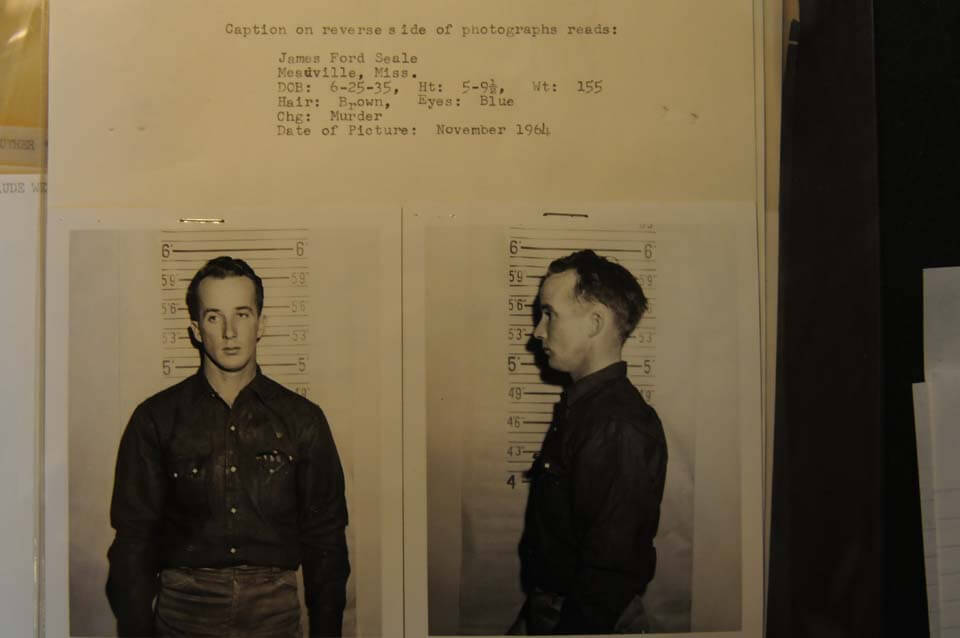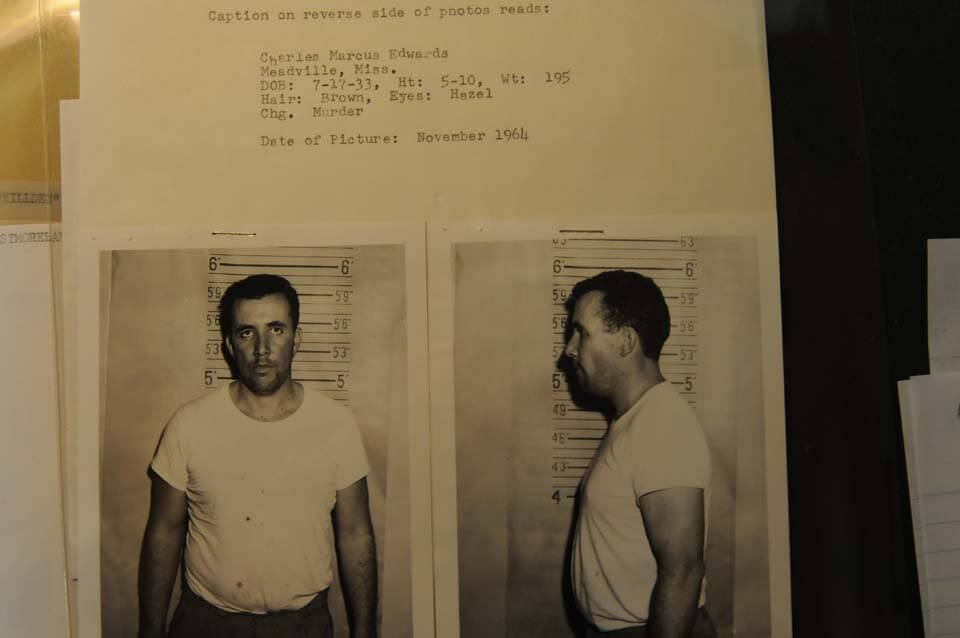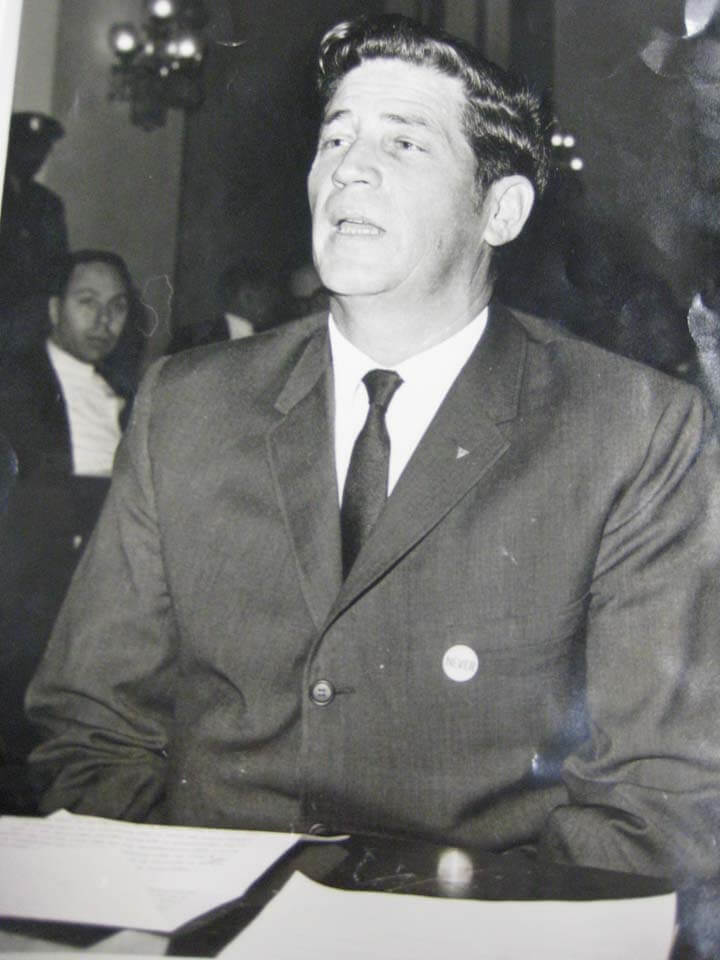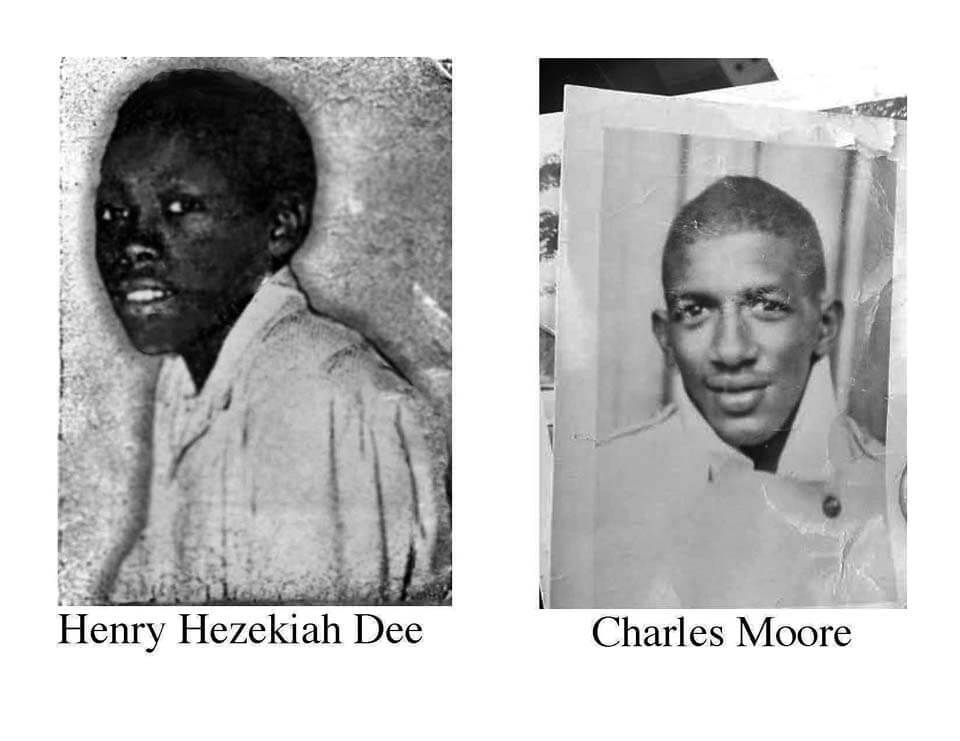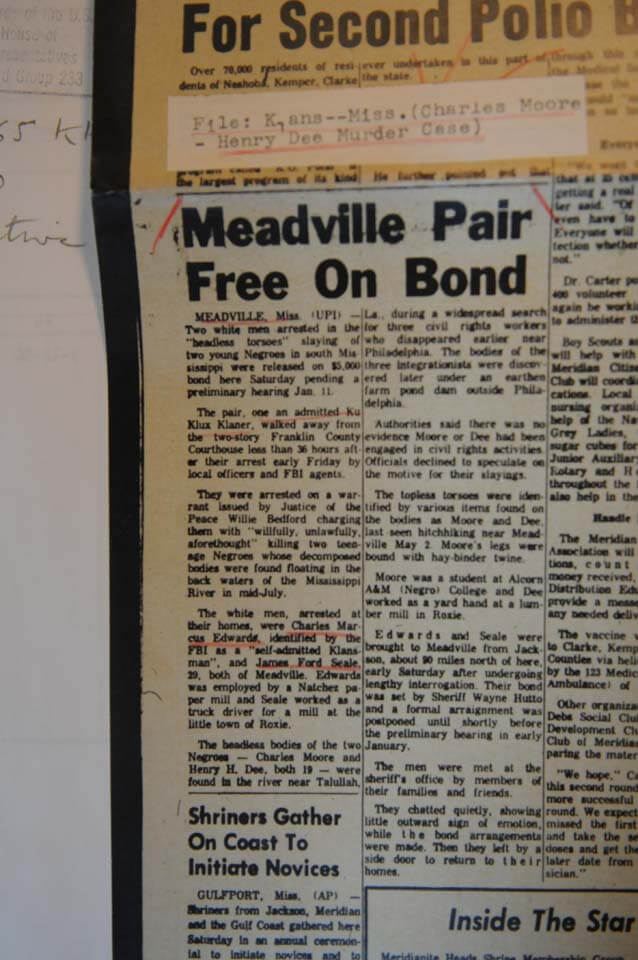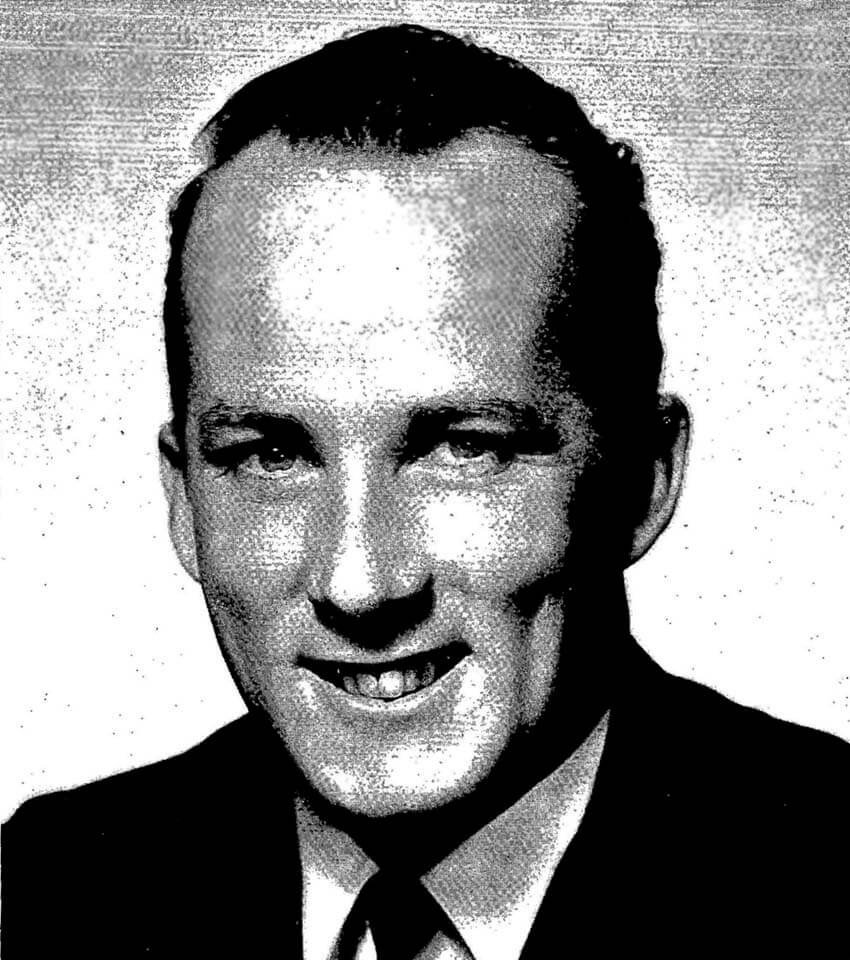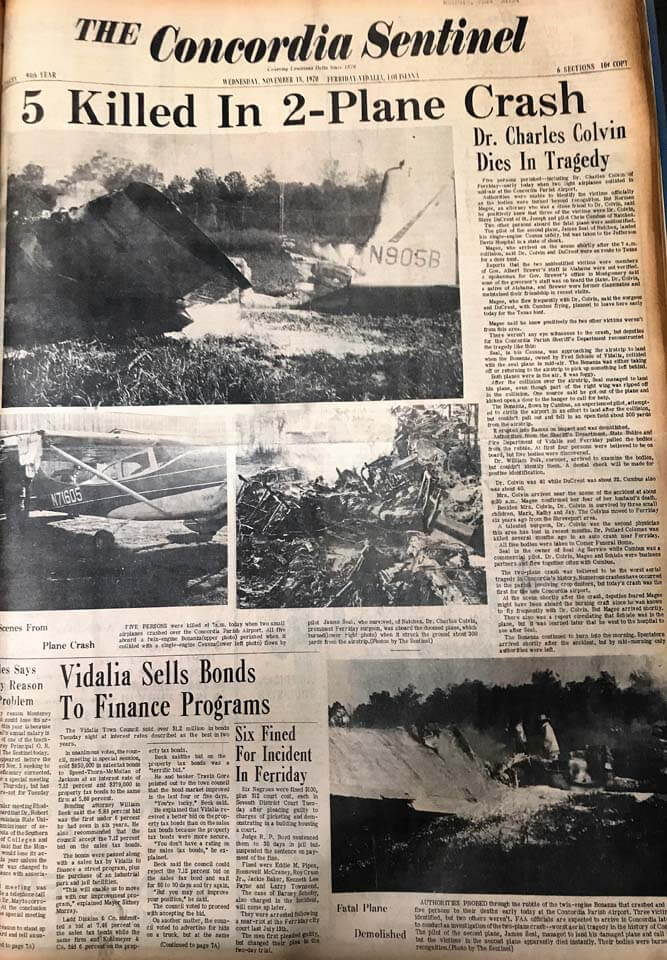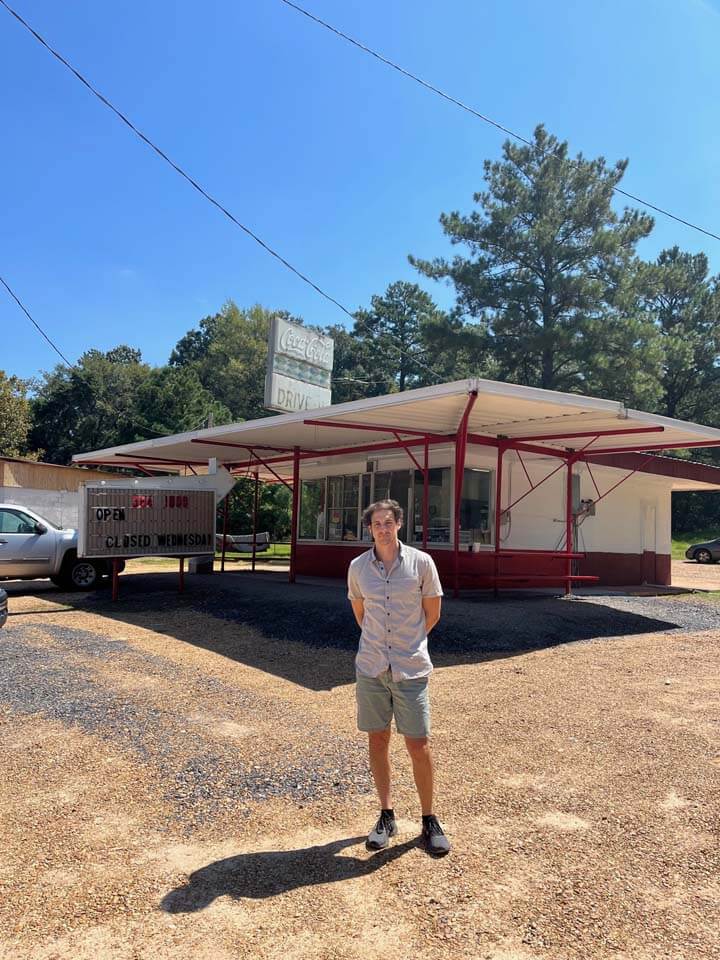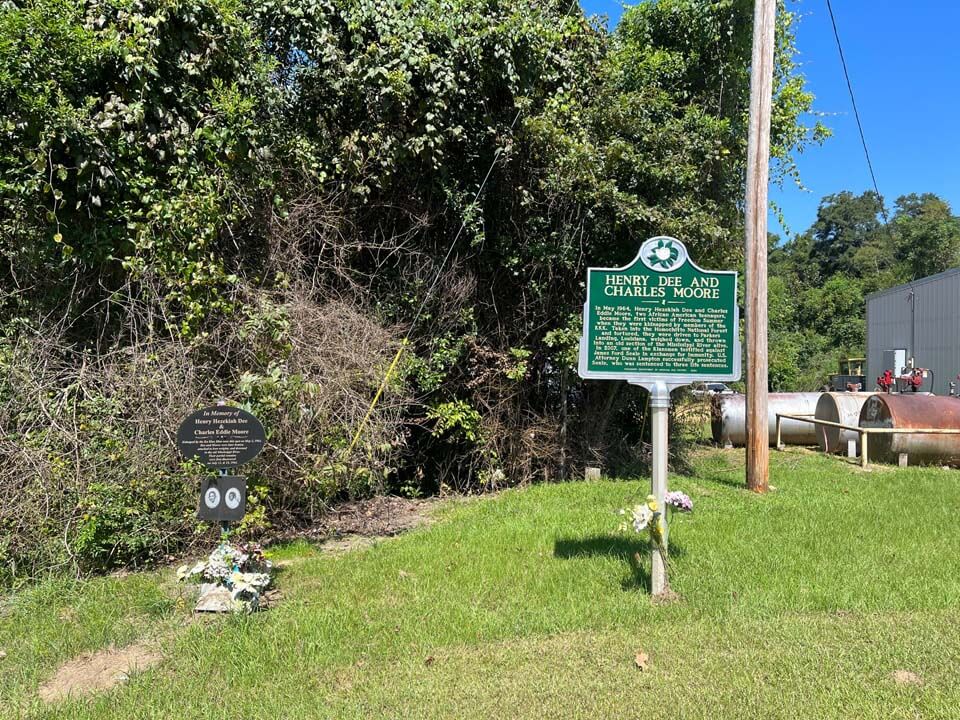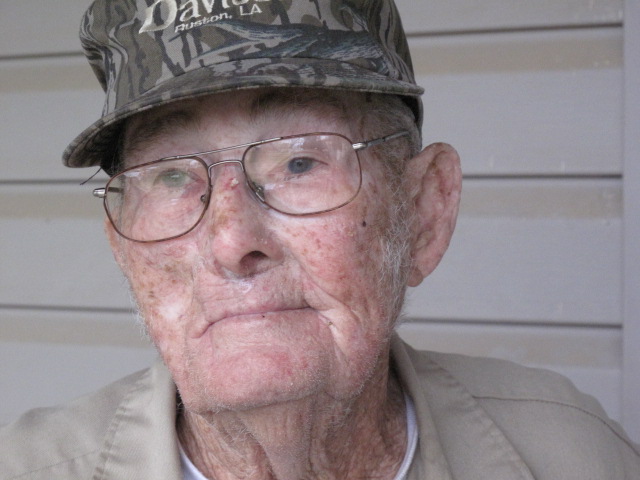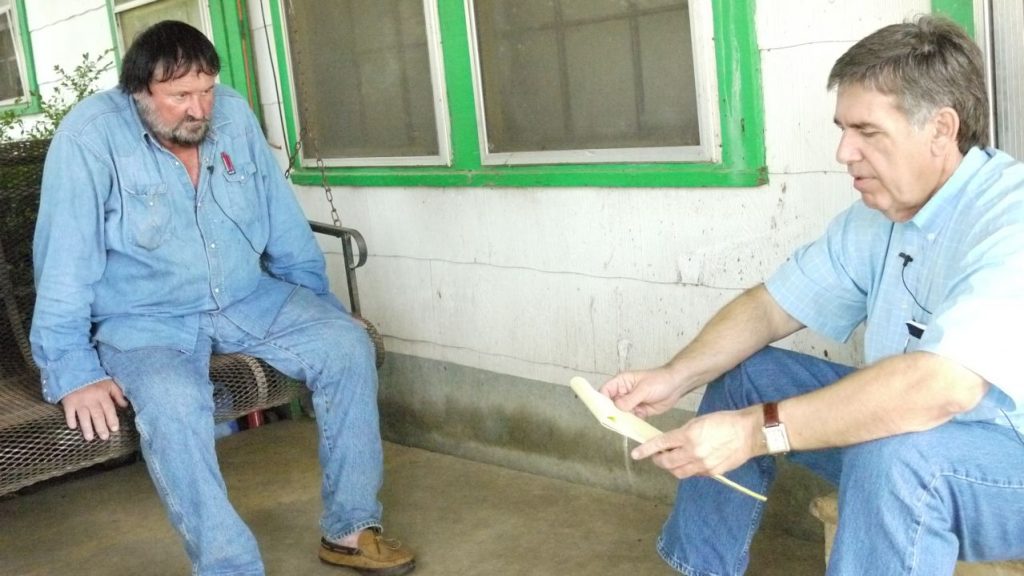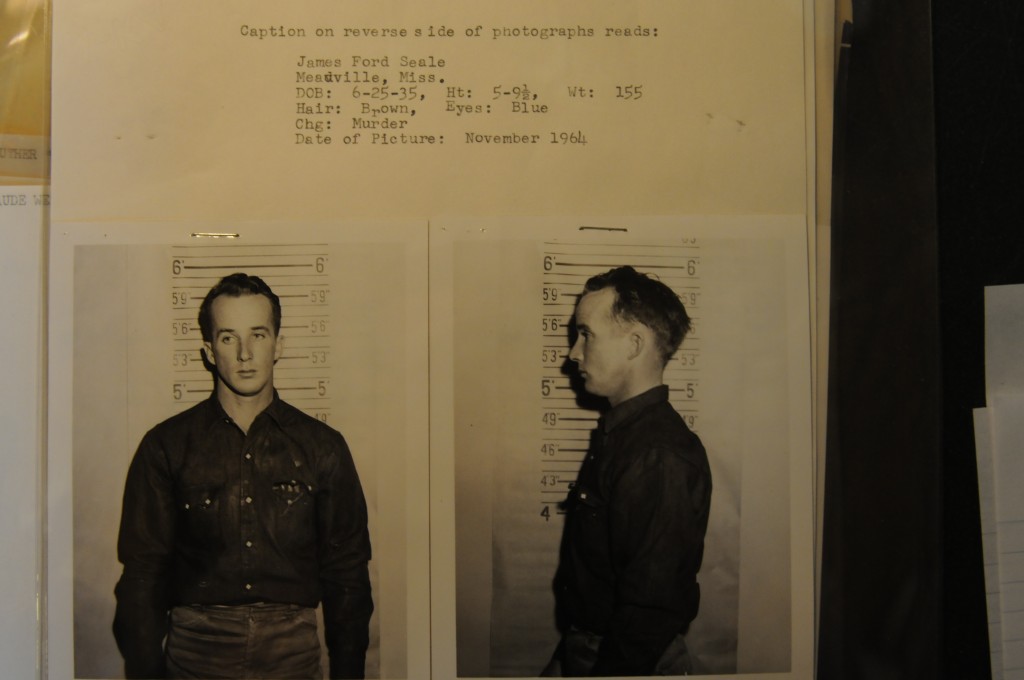James Ford Seale was a violent Klansman from Franklin County, Miss., who was convicted in 2007 in the 1964 murders of two Black teens. Seale was a member of the Silver Dollar Group, a murderous Klan offshoot linked to eight murders.
The Concordia Sentinel connected Seale to nine deaths, including five in a Concordia Parish plane crash in 1970.
In 1967, Seale ran for sheriff of Franklin County, finishing in last place.
1964 — Dee & Moore Murders
Three years earlier in 1964, Seale and Charles Marcus Edwards were arrested in the murder of two 19-year-old Black men. The charges were later dropped.
But decades later, Canadian filmmaker David Ridgen teamed up with Charles Moore’s older brother, Thomas Moore, and returned to Mississippi in the early 2000s to investigate the murders. Their work helped lead to the conviction of Seale.
According to a 2009 article in the Concordia Sentinel in Ferriday, LA, written by Ridgen:
“Charles Marcus Edwards, a sworn member of the White Knights of the Ku Klux Klan, who lived in the Kirby community (in Franklin County, Miss.) at the time, implicated African-American Henry Hezekiah Dee as a possible gun runner. Edwards felt that because Dee wore a black headscarf he was suspicious. Dee lived down the street from Edwards and would pass by the Edwards house on foot from time to time.
“On May 2, 1964, Dee was spotted in Meadville and the call went out to available Klansmen for help. They wanted to act on Edwards’ assertion. White Knights Klansmen Charles Marcus Edwards, James Ford Seale, Clyde Seale, Curtis Dunn and Archie Prather were part of the call that day. In a truck and James Ford’s Seale’s Volkswagen, they headed toward the spot where Dee was reported to have been seen.
“By the time the five Klansmen assembled and arrived, Henry Dee had been joined by his friend Charles Eddie Moore. Together they were trying to hitch a ride home across from the Tastee Freeze at the edge of town. Dee was heading to the lumber mill in Roxie where he worked to pick up his pay check, and Moore was heading home just up the highway a few miles.
“James Ford Seale decided to approach the two boys on his own, while the rest of the Klansmen stood by watching from a distance in the truck. Seale pretended to be a revenue agent searching for bootleggers. Dee and Moore got in Seale’s Volkswagen. He drove them into the Homochitto National Forest, followed by the other four Klansmen.
“Dee and Moore were tied and beaten with bean sticks. Seale hit them in the head with a carbine. They were interrogated and asked about the gun running, and who was involved in it. At one point during the beating one of the boys cried out that perhaps the Reverend Clyde Briggs of the Roxie Baptist Church might know something. Perhaps the guns were in the basement of his church.
“The beating continued until Dee and Moore were bloody and unconscious. Four Klansmen left, leaving Seale to ‘guard’ Dee and Moore in the forest.
“A call was made for help and WKKKK members Ernest Parker and Jack Seale drove from Natchez to help bundle Dee and Moore into the trunk of Parker’s car. The boys were driven by James Seale, Ernest Parker, and Jack Seale to Parker’s Landing on the Louisiana side of the Mississippi River, off an old ox-bow lake.
“The Klansmen removed Dee and Moore, who had miraculously survived the long drive in the trunk, and chained them to a Jeep motor block and heavy train rails and wheels. One by one, Dee and Moore were rowed into the Mississippi and dropped overboard while still alive.”
“Klansman Charles Edwards was given immunity in 2007 to testify against Seale in federal court in Jackson, Miss. Seale was convicted and later died in prison.”
1965 – Murder of Earl Hodges
Seale was also implicated in the murder of Earl Hodges of Eddiceton, Miss., just 11 days before Natchez NAACP President George Metcalfe survived a car bombing by the Silver Dollar Group.
According to the Concordia Sentinel, 47-year-old Franklin County resident Earl Hodges had formerly been in the Klan. After his murder, a coroner’s jury was empaneled by Dist. Atty. L.L. Forman, but no action was taken.
“Hodges … was believed to have been killed because he was trying to leave the Klan and had also been embroiled in a conflict with Clyde Seale, the Exalted Cyclops (leader) of Unit No. 2 White Knights of the KKK (1964-1965) representing the Meadville/Bunkley communities,” according to the Concordia Sentinel.
“But Hodges’ biggest problem, records show, was that the Seales believed he was providing information on the Klan to a Mississippi highway patrolman and the FBI. A former Franklin County resident now living in Natchez, who requested anonymity, told the Sentinel that ‘people were shocked’ that the Klan would kill one of its own.”
Seale was “among a half-dozen Klansmen, including Clyde and Jack, believed to have beaten Hodges to death. The FBI and the House Un-American Activities Committee reported that Hodges was beaten with a 3-to-4 inch wide strap and a similar strap with 1/8th-inch tacks ‘that tore flesh away with each blow.’ His head was also bashed in, records show.
“After the beating, HUAC reported that Hodges stumbled to a nearby well and attempted to wash the blood from his body before dying. All three Seales — James Ford, Clyde and Jack — took the Fifth while being questioned by a HUAC panel about the murder in Washington, D.C., in 1966.”
1966 — Death of Bailey Odell
Six months, Seale was the driver of a pickup that ran into 74-year-old Bailey Odell in Franklin County in June 1966. Odell reportedly was walking across the highway to talk to a friend. Some believed this was no accident.
Odell, who had recently registered to vote, died as a result of the crash.
1967 — Campaign for Sheriff
In 1967, Seale threw his hat in the ring for Franklin County sheriff.
In his campaign announcement, Seale said he would “not be dictated to by State or Federal officials” and that he would “not tolerate or give in to outside agitation or civil disorder of any kind.”
Seale finished fifth in the August 8, 1967, six-man race with 541 votes. He blamed his lost on the Klan murder earlier in the year of Wharlest Jackson, secretary of the Natchez NAACP. According to FBI records, Seale told a fellow Klansman that the people who killed Wharlest Jackson “should be killed themselves.”
1970 — Plane Crash Kills 5
In 1970, according to the Sentinel, Seale “was the lone survivor and only eyewitness to the deadliest air disaster in Concordia Parish’s history in which five people died on a foggy morning.” Seale told The Sentinel at the time in a lengthy interview that his life was spared “when his single-engine Cessna miraculously landed on the airstrip at the Concordia airport after colliding with a twin-engine Bonanza, which crashed and burned nearby.
“The dead included Dr. Charles Colvin, who just six years earlier had been Frank Morris’ attending physician at the Concordia Parish Hospital. Morris, who was black, died as a result of the arson of his Ferriday shoe shop. The FBI believed the Silver Dollar Group was responsible for the unsolved murder.
“’It just wasn’t my time to go,’” Seale said of his survival.
“A long legal battle followed with lawsuits filed by the families of the victims against Seale, the other pilot and insurance companies. While the Federal Aviation Administration said both pilots shared blame for failing to see ‘what should have been seen,’ aviation experts hired for the plaintiff families said in court that Seale’s story of the crash didn’t add up.”
1973 — Another Plane Crash
“Two years later in 1973, Seale escaped death a second time when his crop-duster crashed into a field in Concordia. Soon afterward he turned in his pilot’s license for a badge to serve as a policeman in Vidalia, where he was living at the time on Dogwood Drive. In September 1975 — with nine deaths in the wake of his turbulent life — his testimony concerning his arrest of a city judge for DWI resulted in a conviction of that judge.
“Seale’s lengthy Sentinel interview in 1970 stands out because of its detail and because it may have been the only interview he ever granted the press in his life. He had always lived by a code of silence — even before Congress in 1966 — and he refused to comment in court … after his conviction (in 2007) in the Dee-Moore murders.
Seale, like Silver Dollar Group head Red Glover, did not trust many people and feared Klansmen would tell their secrets.
He told Glover, “A person’s mouth is his worst enemy.”
Seale died in 2011 in federal prison in Indiana.
